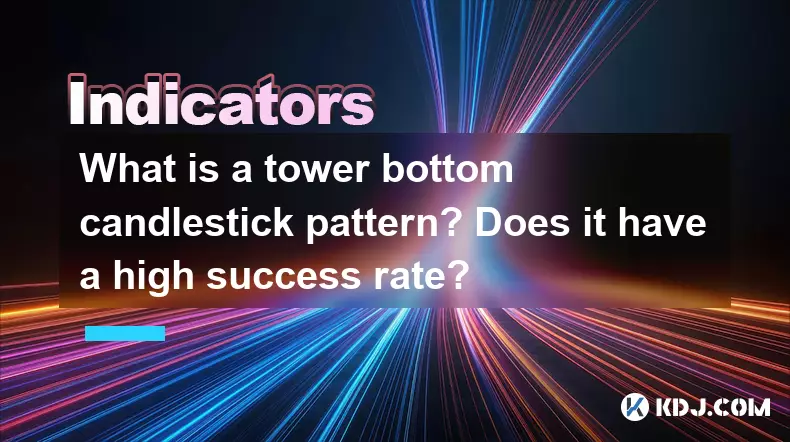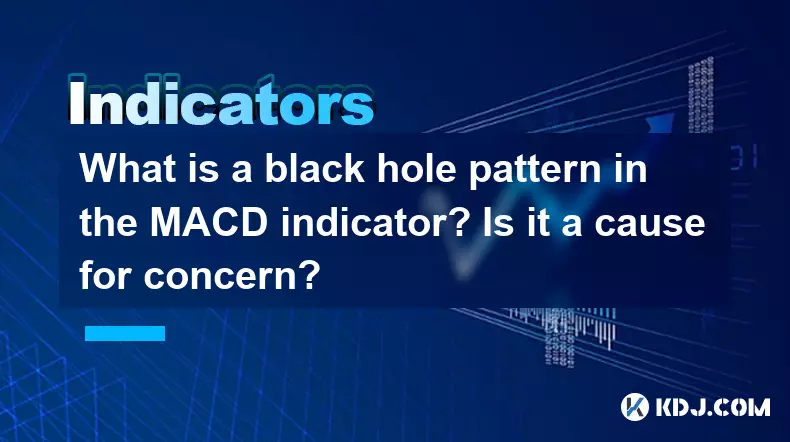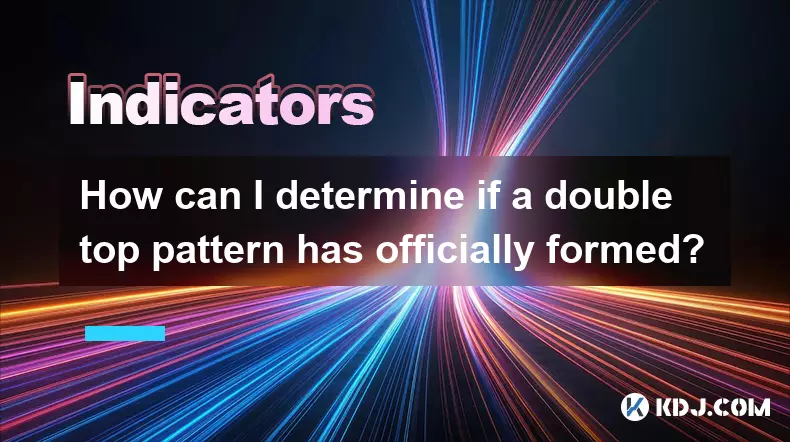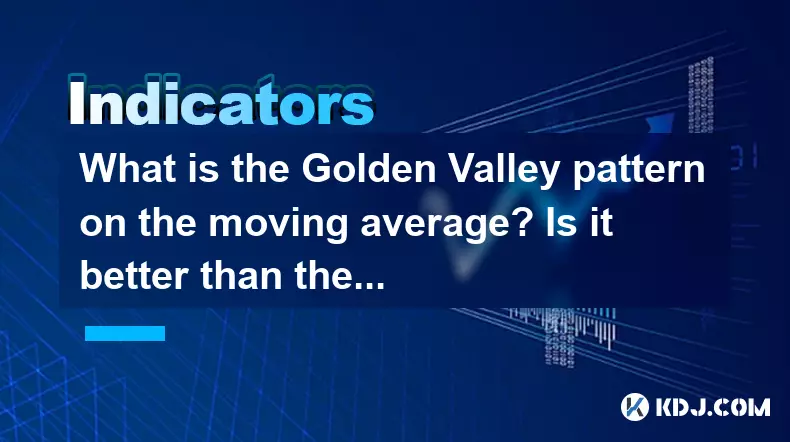-
 bitcoin
bitcoin $120167.907534 USD
1.27% -
 ethereum
ethereum $4468.611945 USD
2.53% -
 xrp
xrp $3.013607 USD
1.80% -
 tether
tether $1.000549 USD
-0.01% -
 bnb
bnb $1092.592149 USD
6.28% -
 solana
solana $231.391244 USD
4.59% -
 usd-coin
usd-coin $0.999699 USD
-0.04% -
 dogecoin
dogecoin $0.259020 USD
4.30% -
 tron
tron $0.342747 USD
0.34% -
 cardano
cardano $0.860977 USD
1.07% -
 hyperliquid
hyperliquid $50.155412 USD
5.34% -
 chainlink
chainlink $22.637678 USD
0.46% -
 ethena-usde
ethena-usde $1.000528 USD
-0.07% -
 avalanche
avalanche $30.613779 USD
-0.07% -
 stellar
stellar $0.403905 USD
0.94%
Which is better, EMA or Bollinger Bands? Which is more stable when the volatility is large?
EMA offers more stability than Bollinger Bands in volatile markets due to its focus on recent price data, while Bollinger Bands can signal potential reversals and breakouts.
May 21, 2025 at 04:14 pm

When comparing Exponential Moving Average (EMA) and Bollinger Bands, it's essential to understand their functionalities, applications, and how they behave under different market conditions, particularly during periods of high volatility. Both indicators are popular among traders in the cryptocurrency market, but they serve different purposes and can offer varying levels of stability and effectiveness.
What is EMA and How Does it Work?
EMA is a type of moving average that places a greater weight on recent data points, making it more responsive to new information. It is calculated using the formula:
[ \text{EMA} = \text{Price} \times \frac{\text{Smoothing Factor}}{1 + \text{Day}} + \text{EMA}_{\text{previous}} \times (1 - \frac{\text{Smoothing Factor}}{1 + \text{Day}}) ]
Where the Smoothing Factor is typically set to 2, and Day refers to the number of periods used in the calculation. The EMA reacts more quickly to price changes compared to a Simple Moving Average (SMA), which makes it a preferred choice for traders looking for short-term trends.
What are Bollinger Bands and How Do They Work?
Bollinger Bands consist of three lines: a middle band being an SMA (often over 20 periods), an upper band, and a lower band. The upper and lower bands are calculated by adding and subtracting a multiple of the standard deviation of the price from the middle band. Typically, the standard deviation multiplier is set to 2.
The formula for the upper and lower bands is:
[ \text{Upper Band} = \text{Middle Band} + (2 \times \text{Standard Deviation}) ][ \text{Lower Band} = \text{Middle Band} - (2 \times \text{Standard Deviation}) ]
Bollinger Bands are used to measure market volatility and identify overbought or oversold conditions. When the bands widen, it indicates increased volatility, and when they narrow, it suggests decreased volatility.
Comparing EMA and Bollinger Bands in Volatile Markets
When it comes to stability during periods of high volatility, EMA tends to be more stable compared to Bollinger Bands. This is because the EMA smooths out price data over time, focusing more on recent prices. In contrast, Bollinger Bands can become wider during high volatility, which may lead to more frequent signals and potentially more false positives.
- EMA provides a smoother line that traders can use to identify the general direction of the trend, even during volatile periods. It helps traders stay focused on the trend rather than getting distracted by short-term price spikes or drops.
- Bollinger Bands, on the other hand, can be more useful for identifying potential reversal points or breakouts during volatile conditions. However, the bands can expand significantly, which might make it challenging to determine the true market direction.
Using EMA in High Volatility
When using EMA in a volatile market, traders often look for crossovers between different EMAs to identify trend changes. For instance, a common strategy involves using a short-term EMA (e.g., 9-day) and a long-term EMA (e.g., 21-day):
- If the short-term EMA crosses above the long-term EMA, it might signal an upward trend.
- If the short-term EMA crosses below the long-term EMA, it might signal a downward trend.
This method helps traders filter out noise and focus on the underlying trend, which can be particularly beneficial in volatile markets.
Using Bollinger Bands in High Volatility
In a volatile market, Bollinger Bands can be used to identify potential entry and exit points based on the price touching or crossing the bands:
- When the price touches or crosses the upper band, it might indicate that the asset is overbought, and a reversal could be imminent.
- When the price touches or crosses the lower band, it might indicate that the asset is oversold, and a potential upward movement could follow.
Traders can also look for squeezes in Bollinger Bands, where the bands narrow significantly, indicating a period of low volatility that often precedes a significant price move.
Combining EMA and Bollinger Bands
Some traders find value in combining EMA and Bollinger Bands to enhance their trading strategies, especially in volatile markets. Here’s how they can be used together:
- Use the EMA to identify the overall trend direction.
- Use Bollinger Bands to find potential entry and exit points within that trend.
For example, if the EMA indicates an upward trend, traders might look for the price to touch the lower Bollinger Band as a potential buying opportunity. Conversely, if the EMA indicates a downward trend, traders might look for the price to touch the upper Bollinger Band as a potential selling opportunity.
Practical Application in Cryptocurrency Trading
In the context of cryptocurrency trading, where volatility is often high, both EMA and Bollinger Bands can be valuable tools. Here’s how to apply them practically:
EMA:
- Choose the appropriate time frame for your trading strategy (e.g., 9-day for short-term, 21-day for medium-term).
- Plot the EMA on your chart and monitor for crossovers to identify trend changes.
- Use the EMA to confirm the direction of the trend before making trading decisions.
Bollinger Bands:
- Plot the Bollinger Bands on your chart with the default settings (20-period SMA, 2 standard deviations).
- Monitor the price relative to the bands to identify potential overbought or oversold conditions.
- Look for squeezes and subsequent breakouts to anticipate significant price movements.
Conclusion on Stability During High Volatility
While both EMA and Bollinger Bands have their uses in volatile markets, EMA tends to offer more stability due to its focus on recent price data and smoother line. Bollinger Bands, while more reactive to volatility, can provide valuable insights into potential reversal points and breakouts, but may require more careful interpretation to avoid false signals.
Frequently Asked Questions
Q: Can EMA and Bollinger Bands be used together effectively in all market conditions?A: Yes, EMA and Bollinger Bands can be used together effectively in various market conditions. In trending markets, the EMA helps identify the trend direction, while Bollinger Bands can pinpoint entry and exit points within that trend. In ranging markets, Bollinger Bands can help identify the boundaries of the range, and EMA can assist in confirming the trendless nature of the market.
Q: How do I choose the right EMA period for my trading strategy?A: The choice of EMA period depends on your trading timeframe and strategy. For short-term trading, a shorter period like 9 or 12 days might be suitable. For medium-term trading, a period of 21 or 26 days could be more appropriate. For long-term trading, periods of 50 or 200 days are commonly used. Experiment with different periods to find what works best for your specific strategy and market conditions.
Q: Are there any other indicators that can complement EMA and Bollinger Bands in volatile markets?A: Yes, several indicators can complement EMA and Bollinger Bands in volatile markets. The Relative Strength Index (RSI) can help confirm overbought or oversold conditions identified by Bollinger Bands. The Moving Average Convergence Divergence (MACD) can provide additional trend confirmation alongside EMA. The Average True Range (ATR) can be used to gauge market volatility, which can help in interpreting the width of Bollinger Bands.
Q: How do I adjust Bollinger Bands settings for different cryptocurrencies?A: Adjusting Bollinger Bands settings for different cryptocurrencies may involve experimenting with the standard deviation multiplier and the period of the SMA. For highly volatile cryptocurrencies, you might increase the standard deviation multiplier to 2.5 or 3 to account for larger price swings. Conversely, for less volatile cryptocurrencies, you might decrease it to 1.5 or 1. Similarly, adjusting the period of the SMA (e.g., from 20 to 10 or 30) can help fine-tune the sensitivity of the bands to the specific market conditions of each cryptocurrency.
Disclaimer:info@kdj.com
The information provided is not trading advice. kdj.com does not assume any responsibility for any investments made based on the information provided in this article. Cryptocurrencies are highly volatile and it is highly recommended that you invest with caution after thorough research!
If you believe that the content used on this website infringes your copyright, please contact us immediately (info@kdj.com) and we will delete it promptly.
- BlockDAG, DOGE, HYPE Sponsorship: Crypto Trends Shaping 2025
- 2025-10-01 00:25:13
- Deutsche Börse and Circle: A StableCoin Adoption Powerhouse in Europe
- 2025-10-01 00:25:13
- BlockDAG's Presale Buzz: Is It the Crypto to Watch in October 2025?
- 2025-10-01 00:30:13
- Bitcoin, Crypto, and IQ: When Genius Meets Digital Gold?
- 2025-10-01 00:30:13
- Stablecoins, American Innovation, and Wallet Tokens: The Next Frontier
- 2025-10-01 00:35:12
- NBU, Coins, and Crypto in Ukraine: A New Yorker's Take
- 2025-10-01 00:45:14
Related knowledge

What is a tower bottom candlestick pattern? Does it have a high success rate?
Sep 22,2025 at 07:18am
Tower Bottom Candlestick Pattern Explained1. The tower bottom candlestick pattern is a reversal formation that typically appears at the end of a downt...

What is a black hole pattern in the MACD indicator? Is it a cause for concern?
Sep 21,2025 at 06:54pm
Bitcoin's Role in Decentralized Finance1. Bitcoin remains the cornerstone of decentralized finance, serving as a benchmark for value and security acro...

How can I use the psychological line (PSY) to determine market sentiment?
Sep 17,2025 at 02:19pm
Understanding the Psychological Line (PSY) in Cryptocurrency TradingThe Psychological Line, commonly referred to as PSY, is a momentum oscillator used...

How can I determine if a double top pattern has officially formed?
Sep 21,2025 at 03:18am
Understanding the Structure of a Double Top Pattern1. A double top pattern consists of two distinct peaks that reach approximately the same price leve...

What is the Golden Valley pattern on the moving average? Is it better than the Silver Valley pattern?
Sep 21,2025 at 02:54pm
Understanding the Golden Valley Pattern in Moving Averages1. The Golden Valley pattern is a technical formation observed in cryptocurrency price chart...

What does a death cross of the RSI in the strong zone (above 50) mean?
Sep 17,2025 at 10:54pm
Understanding the Death Cross in RSI Context1. The term 'death cross' is traditionally associated with moving averages, where a short-term average cro...

What is a tower bottom candlestick pattern? Does it have a high success rate?
Sep 22,2025 at 07:18am
Tower Bottom Candlestick Pattern Explained1. The tower bottom candlestick pattern is a reversal formation that typically appears at the end of a downt...

What is a black hole pattern in the MACD indicator? Is it a cause for concern?
Sep 21,2025 at 06:54pm
Bitcoin's Role in Decentralized Finance1. Bitcoin remains the cornerstone of decentralized finance, serving as a benchmark for value and security acro...

How can I use the psychological line (PSY) to determine market sentiment?
Sep 17,2025 at 02:19pm
Understanding the Psychological Line (PSY) in Cryptocurrency TradingThe Psychological Line, commonly referred to as PSY, is a momentum oscillator used...

How can I determine if a double top pattern has officially formed?
Sep 21,2025 at 03:18am
Understanding the Structure of a Double Top Pattern1. A double top pattern consists of two distinct peaks that reach approximately the same price leve...

What is the Golden Valley pattern on the moving average? Is it better than the Silver Valley pattern?
Sep 21,2025 at 02:54pm
Understanding the Golden Valley Pattern in Moving Averages1. The Golden Valley pattern is a technical formation observed in cryptocurrency price chart...

What does a death cross of the RSI in the strong zone (above 50) mean?
Sep 17,2025 at 10:54pm
Understanding the Death Cross in RSI Context1. The term 'death cross' is traditionally associated with moving averages, where a short-term average cro...
See all articles










































































